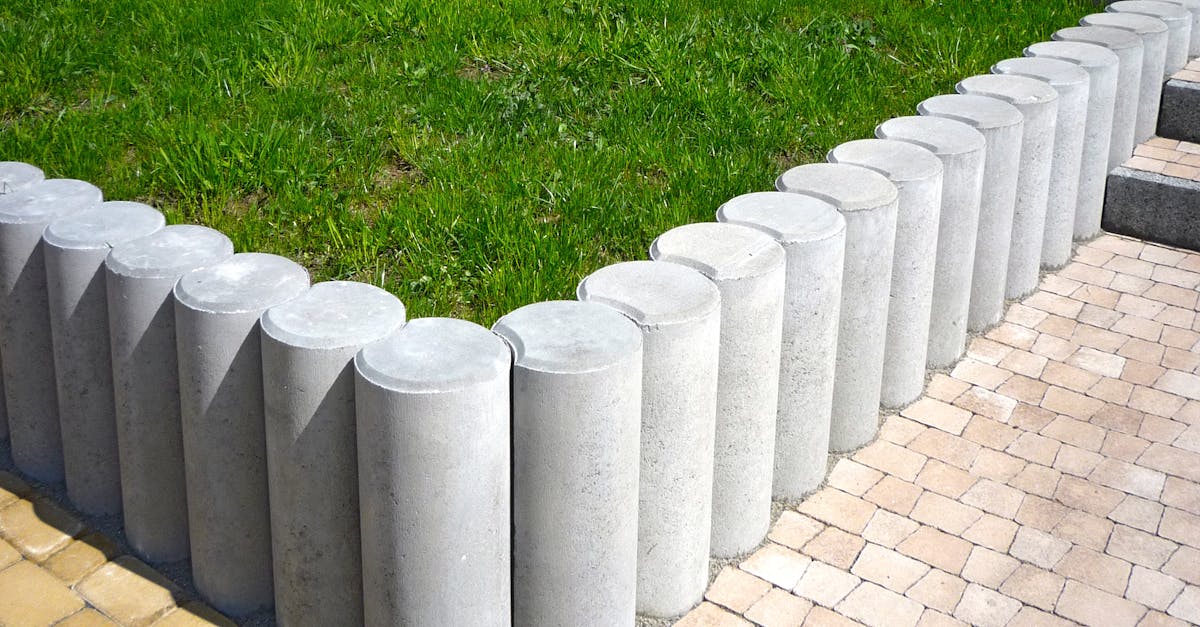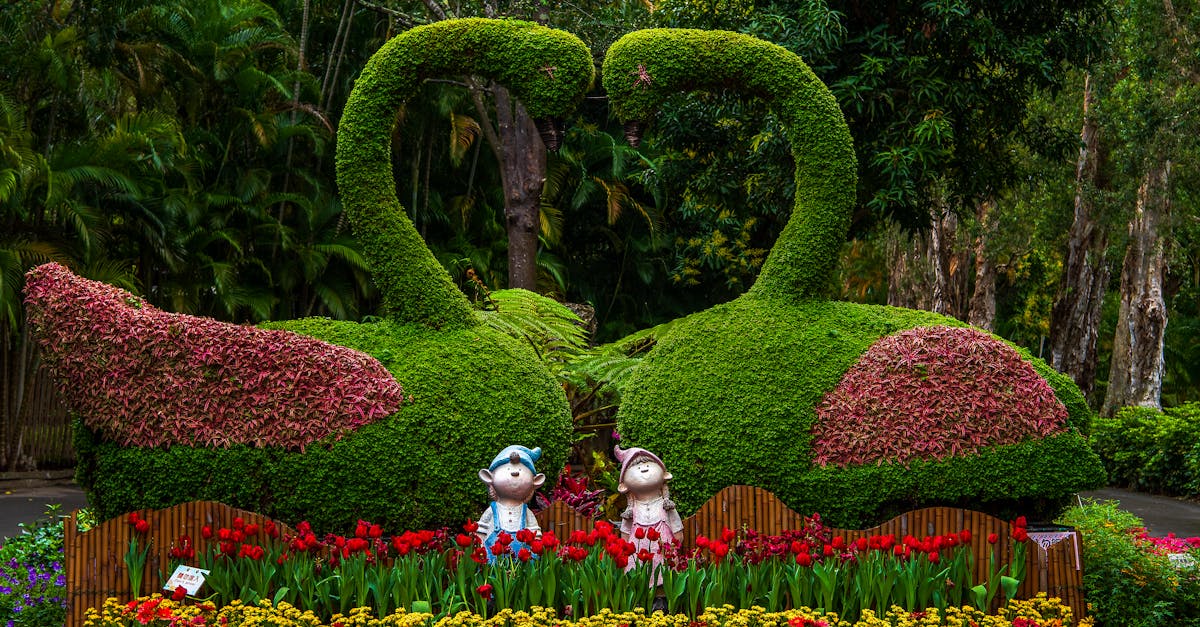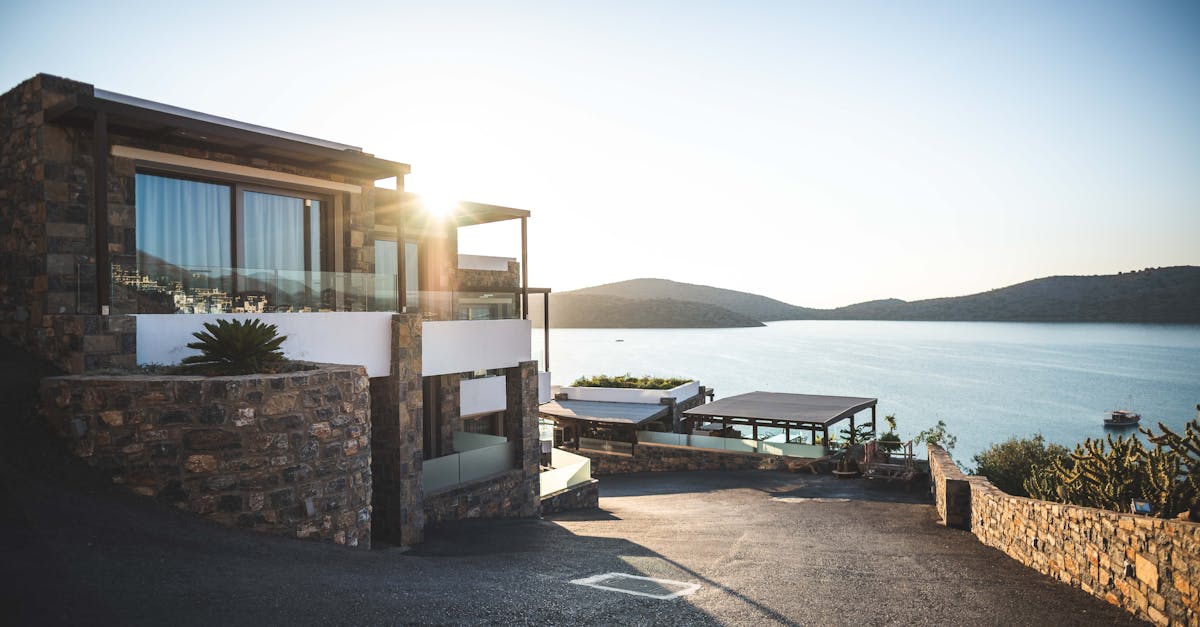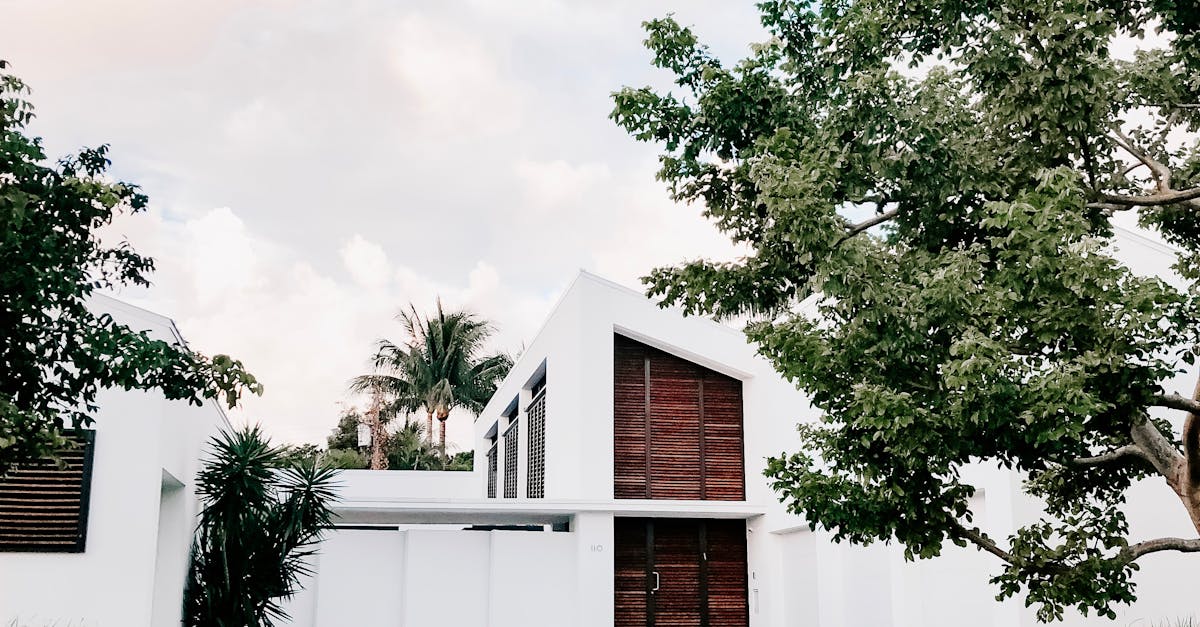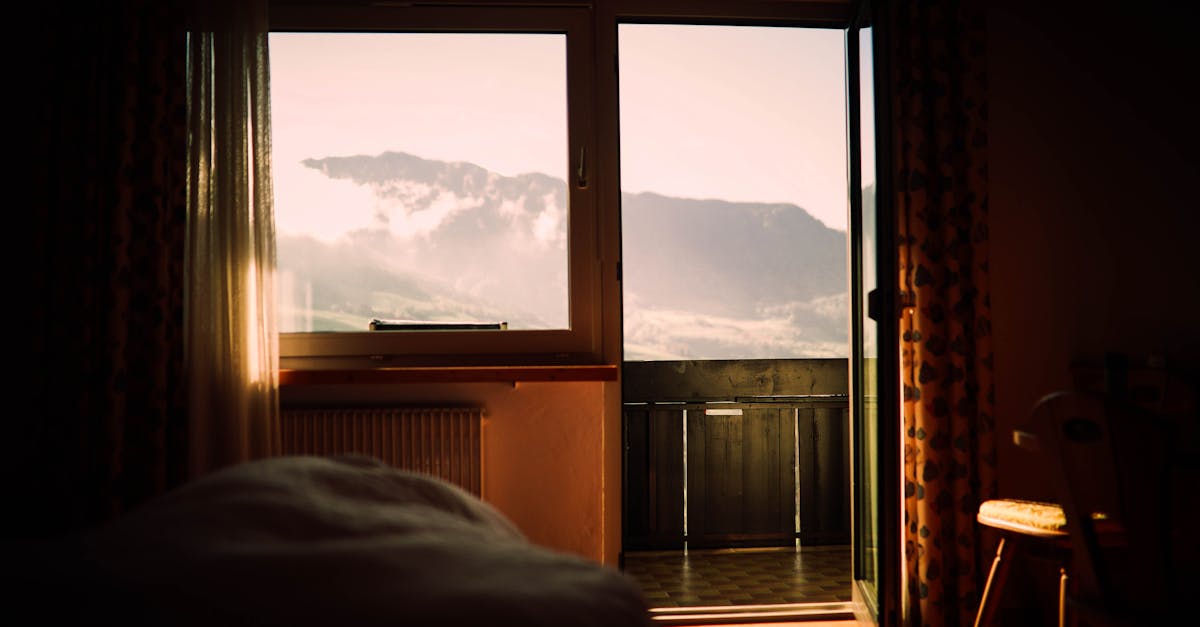
Table Of Contents
Tips for Maximizing Natural Light
To maximize natural light for your plants, consider the orientation of your windows and the path of the sun throughout the day. South-facing windows typically receive the most sunlight in a day, making them ideal for light-loving plants. Meanwhile, east and west-facing windows provide moderate levels of sunlight, suitable for plants that can tolerate indirect light. North-facing windows generally receive the least amount of sunlight and are best for plants that thrive in low light conditions. For optimal natural light exposure, rotate your plants periodically to ensure even growth and prevent one side from receiving more sunlight than the other. Plant Installation Windsor specialists recommend utilizing the brightest spots in your home for light-hungry plants, while being mindful of potential heat exposure during peak sunlight hours.
In addition to window placement, the use of sheer curtains or blinds can help filter harsh sunlight to prevent leaf burn on sensitive plants while still allowing ample natural light to filter through. Another way to maximize natural light is by ensuring that windows are clean to remove any dust or debris that may obstruct sunlight. Consider pruning or relocating any nearby trees or shrubs that may cast shadows on your plants throughout the day. By optimizing natural light exposure in your space, you can create a healthier environment for your plants to thrive. Plant Installation Windsor experts emphasize the importance of adjusting the position of your plants as the seasons change to maintain consistent light levels for optimal growth and health.
Utilizing Mirrors to Reflect Light
Another impactful method to maximize natural light for your plants is by utilizing mirrors strategically. When placed near windows or light sources, mirrors can help reflect and disperse light more evenly throughout the room. This technique can be especially beneficial for plants that require ample sunlight but may be positioned in a spot with limited direct light exposure. By redirecting sunlight towards your plants, mirrors can create a brighter environment for their growth and photosynthesis. For those facing challenges with inadequate natural light, incorporating mirrors into your Plant Installation Windsor could be a simple yet effective solution to enhance plant health and vitality.
Monitoring Plant Health and Growth
Monitoring your plants' health and growth is crucial in ensuring they thrive in their environment. Regularly inspecting your plants for any signs of stress, disease, or pests can help you address issues promptly before they escalate. Pay attention to the colour, texture, and overall appearance of the leaves, as they can indicate nutrient deficiencies or overwatering. Plant Installation Windsor suggests keeping a close eye on any changes in growth patterns or the development of abnormalities to maintain your plants' vitality.
In addition to visual checks, consider keeping a journal to record observations about your plants' progress over time. Note down any changes in height, leaf count, or flowering patterns to track their growth trajectory accurately. This simple practice can provide valuable insights into how your plants respond to their current placement and care routine, allowing you to make informed adjustments as needed.
Observing Changes in Plant Behavior
When determining the best direction to place your plants, paying attention to the behavior of your plants can provide valuable insights. If you notice that a plant is leaning or growing towards a particular direction, it may be an indication that it is seeking more sunlight. Plants naturally tend to bend towards light sources to optimize their photosynthesis process. Thus, observing such changes in plant behavior can guide you in repositioning your plants to ensure they receive adequate sunlight for optimal growth and health. This is particularly crucial for tropical plants, which require more light compared to other varieties. Plant Installation Windsor experts recommend regularly monitoring your plants' behavior to ensure they are thriving in their current environment.
Reevaluating Placement Over Time
Reevaluating Placement Over Time
When it comes to the health and growth of your plants, consistent monitoring and adjustments in placement are essential. Over time, factors like changing seasons and varying natural light patterns can impact the well-being of your green companions. In a location like Plant Installation Windsor, where weather conditions can fluctuate throughout the year, it's crucial to regularly reassess the placement of your plants to ensure they are receiving adequate light and optimal conditions for growth.
By observing how your plants respond in their current locations, you can gauge whether they are thriving or in need of a change. Plants are responsive to their environments, and subtle changes in their appearance or behaviour can indicate whether they are receiving the right amount of light. As you navigate the seasons in Plant Installation Windsor, be attentive to any signs of stress or lack of growth in your plants, and consider adjusting their placement to better accommodate their needs.
Adapting to Seasonal Light Changes
Adapting to seasonal light changes is crucial for maintaining the health and growth of your plants. As the amount of natural light varies throughout the year, it is important to reassess the placement of your plants to ensure they are receiving adequate sunlight. In regions such as Plant Installation Windsor, where daylight duration fluctuates significantly between seasons, adjusting the position of your plants can make a significant difference in their well-being. By moving plants closer to windows during the winter months and providing shade during intense summer sunlight, you can help your plants thrive regardless of the season.
Observing how the light shifts throughout the day is essential for making informed decisions about plant placement. By monitoring the sunlight exposure in different areas of your living space, you can identify the ideal spots for your plants to flourish. Consider rotating your plants periodically to ensure they receive uniform light distribution and prevent them from leaning or stretching towards the sunlight source. In cities like Plant Installation Windsor, where winter days are shorter and summers are longer, staying attuned to these changes can help you create a harmonious environment for your plants to thrive all year round.
FAQS
How can I maximize natural light for my plants?
You can maximize natural light for your plants by placing them in a south-facing window where they can receive the most sunlight throughout the day.
Is it beneficial to use mirrors to reflect light onto my plants?
Yes, utilizing mirrors to reflect light onto your plants can help increase the amount of sunlight they receive, especially if you have limited natural light sources.
How can I monitor the health and growth of my plants?
You can monitor the health and growth of your plants by regularly checking for signs of yellowing leaves, wilting, or stunted growth, which may indicate issues with light exposure.
What should I do if I notice changes in my plant's behavior?
If you notice changes in your plant's behavior, such as drooping leaves or lack of new growth, consider adjusting their placement to ensure they are receiving adequate light.
Should I reevaluate the placement of my plants over time?
Yes, it is important to reevaluate the placement of your plants over time, especially as seasonal light changes occur, to ensure they are getting the optimal amount of light for healthy growth.

